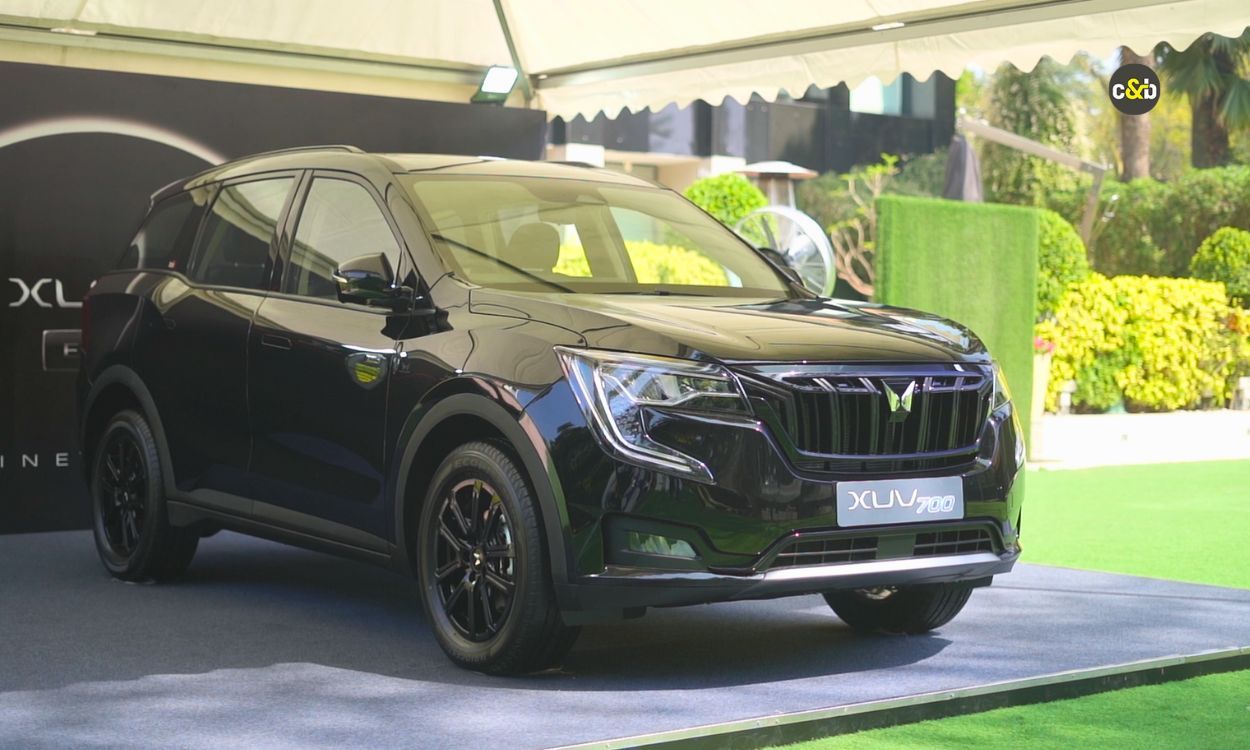I should be used to sticking odd contraptions on my head during plane flights. I’ve planted a Meta Quest 3S and Apple Vision Pro over my eyes as my in-flight entertainment and tried not to get motion sick while imagining what other passengers think of my sci-fi asshattery. On my latest six-hour, cross-country flight, I took my Nintendo Switch 2 out of my bag, then dug in for a USB cable, two pairs of augmented reality (AR) glasses, and finally a large power brick that was supposed to make this entire tedious experience work together.
Two players can indeed play multiplayer with two AR glasses on one system, and it was a wild ride in my sardine can-sized seat. Getting to that point just requires a rainforest’s worth of cables and gadgets thick enough to choke any constrained space—let alone the three inches of legroom airlines grant you for economy these days.
See Nintendo Switch 2 at Amazon
Viture Mobile Dock
If we’re trying to figure out new use cases for AR Glasses, multiplayer gaming is the oddest one yet.
The $130 Viture Pro Mobile Dock may be the weirdest way I’ve ever used to play on handhelds. It’s a device that takes the screen output from devices like the Steam Deck, Switch 2, a smartphone, or even an HDMI TV stick and pushes out duplicated pictures for up to two AR glasses at once. It can prove very useful for using AR glasses with more devices, or if you need to replace a screen with AR glasses. For example, Nintendo’s handhelds don’t natively support AR glasses via their USB-C port, but the Switch 2 and the original Switch can thanks to the dock. Viture even sells a $20 mount to hook the dock to the Switch 2, which also operates as a limited external battery. In very specific use cases, the dock can ensure you and a friend can play split-screen multiplayer together without an extra screen. It’s nominally useful for when you’re on a long plane flight where you and a partner want to play the same game side-by-side without needing to squint at an 8-inch screen propped up precariously on a rumbling tray table. It will also make you question just how close your friends are willing to get to you.
See Viture Pro Mobile Dock at Amazon
The dock also supports 3D content, but I was mainly interested in how it could change how I play on the go. I’ve messed around with the dock by myself and alongside a buddy, and it’s an odd experience either way. The dock in its luxurious packaging includes an incredibly short USB-C charging cable that also allows video passthrough. There are two other ports that hook up any working pair of AR glasses. For review, Viture gave me two pairs of its $500 Luma Pro XR glasses. Each has a magnetically attached 3-foot cable that is normally fine for playing with a device right in front of you but is not nearly enough for the Pro Mobile Dock. At least setup is dead simple. All you need to do is plug each device into the other, and the dock will split the image so both players see the same screen at once. There’s no lag or latency I could perceive, enough that I couldn’t blame the glasses as a friend kicked my keister in Street Fighter II Turbo.

For gaming, this entire apparatus seems best used on Switch 2, a handheld built for multiplayer thanks to its Joy-Con 2 that can each act as independent controllers. It also has the capability to make a Steam Deck into a multiplayer-friendly device. Playing the few local multiplayer games on my Steam account, like Hellish Quart, works perfectly well. You just need to be willing to sit very close to your friend when futzing about on the same system. I know you’re already screaming at me: why would I bother with this when I can just plug it into a TV? Hey, random citizen, you’re perfectly correct. This dock and glasses combo is for the few edge cases where you don’t have an HDMI dock for passthrough and you still want to play with friends.
The problems mount when you’re using it for too long. The dock promotes that it can extend the device’s battery life since it doubles as an external battery pack. The problem with that is that it needs to power both the handheld and up to two glasses at once. On a plane, I squeezed out two more hours from my Switch 2 before the Pro Mobile Dock died. Nintendo’s handheld will normally last a little more than two hours, so all in all, I doubled my system’s battery life, but half of that lacked the AR glasses. The dock only has one port for USB charging, meaning you can’t daisy chain your outlet through to your device, either.
© Raymond Wong / Gizmodo
© Raymond Wong / Gizmodo
For those of you confused why you would use a pair of glasses above the Switch 2’s native screen, it’s for the sake of your spine. Glasses mean you’re not hunched over like Gollum, treating your handheld display as your latest “precious.” The Luma Pro aren’t the “Beast” glasses with “4K-like” 1200p screens that are coming in October, but they have a pair of bright panels with a 52-degree field of view. Images looked crisp, though only after I found the right size of nosepiece that didn’t cut off parts of the screen and didn’t screw up the automatic PPD—or pixels per degree, which help clarify the displayed image based on your pupillary distance, or PD. The glasses lack the Xreal One Pro’s ability to resize the screen in your field of view, which also reduces eye strain.
These glasses take what is already the excellent 720p organic light-emitting diode display of the Steam Deck OLED and replace it with a fairly good-looking micro-OLED screen with a higher brightness. When compared to a Switch 2’s 1080p IPS LCD, it offers better contrast and deeper blacks, though it lacks the HDR qualities of Nintendo’s handheld. It’s not the type of device you should get just to have a nice display, especially at the $570 sticker price. The audio from the glasses’ built-in speakers could offer a fine experience with some spatial capabilities for pseudo surround sound, but it would not replace a quality pair of headphones.

Viture also sent along its $80 mobile controller it made in conjunction with 8BitDo. The device is essentially the same thing as the $50 8BitDo Ultimate Mobile Gaming Controller, with its Hall effect sticks and triggers to avoid future stick drift issues, but this version comes with a USB-C port specific for these glasses. The device feels great—perhaps even more comfortable than the $170 Backbone Pro controller (a device that includes Bluetooth connectivity to act as a regular controller as well). But again, it asks for more money for a very specific case. I could use it to make sure nosy neighbors don’t see what I’m playing on my screen. If the plan was to avoid scrutiny for your gaming habits, the mess of cables and ginormous spectacles won’t attract any less attention.
See Viture x 8BitDo Controller at Amazon
The glasses are still the star of the show. That is, they are still very expensive considering the cost of the devices you’re meant to use them with. It greatly broadens what you can do with your AR glasses, but perhaps there’s a reason we’re not thinking of glasses first for handhelds. It may be handy for those few times you don’t have or don’t want a screen, but it’s not as if you’re not carrying around more gear. I’m loaded down with enough stuff when I travel as it is, and if I had to leave anything behind, it would be the dock first.








:max_bytes(150000):strip_icc():focal(665x0:667x2)/paul-wesley-natalie-kuckenburg-amalfi-coast2-71825-10b4444f9a6242c8aa742476e5d68235.jpg)















































